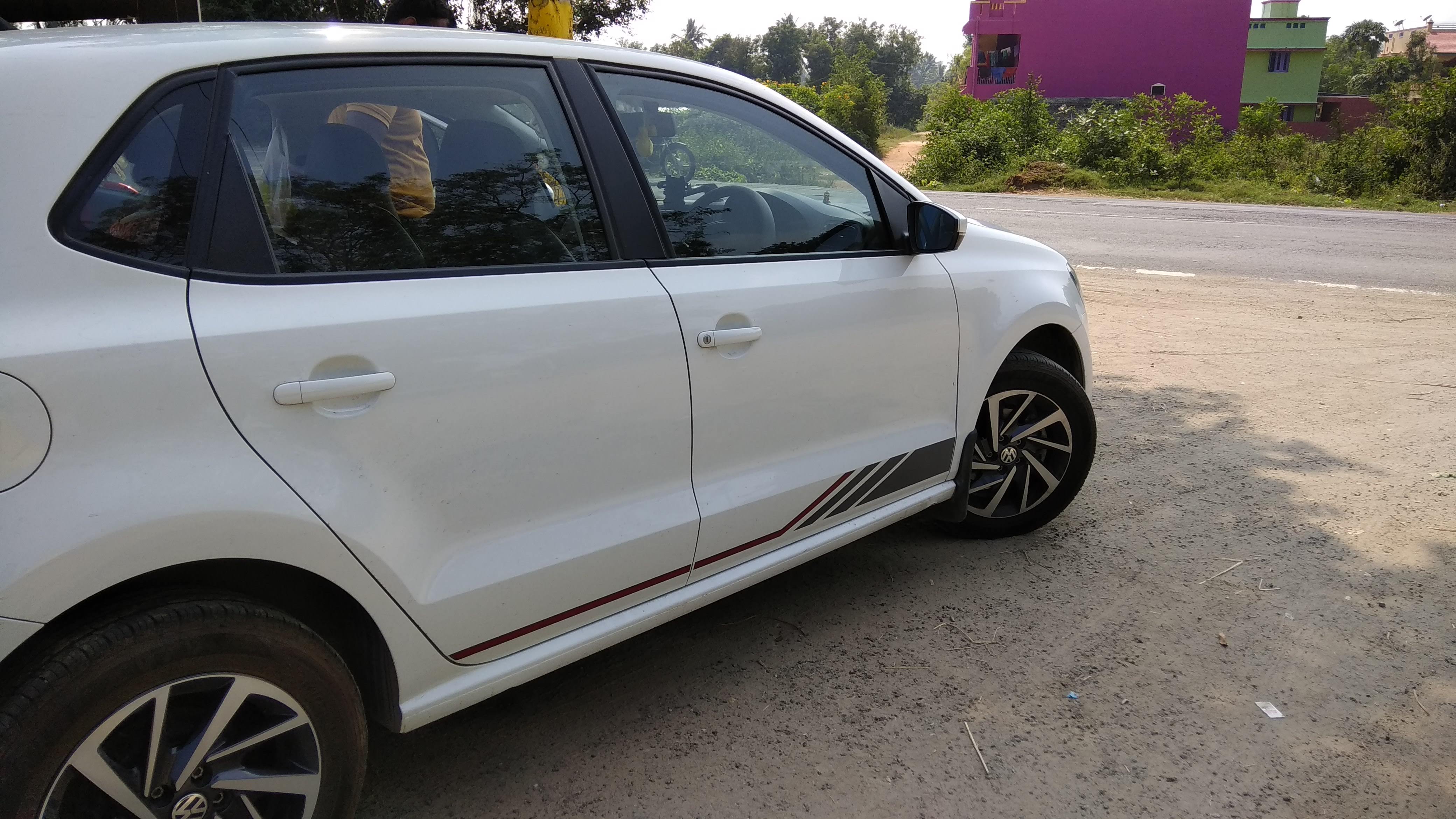Ever found yourself scrolling through your phone late at night, only to realize hours have passed? You’re not alone. In today’s hyper-connected world, technology is both a blessing and a curse. While it keeps us connected and informed, it also bombards us with constant notifications, leading to digital fatigue and mental overload.
We all know that technology is everywhere. We scroll through social media, check our emails, binge-watch shows—all while trying to juggle our day-to-day lives. But here’s the thing: how much is too much? How do we find balance in a world that’s constantly buzzing with notifications?
The good news is, there’s a simple tool we can all use to restore that balance: mindfulness. In a nutshell, mindfulness is about being present in the moment and not getting lost in the distractions around you. It’s like hitting the reset button for your mind. So, let’s dive into how we can practice mindfulness in this digital age, without getting overwhelmed.
🧠 What Is Mindfulness?
Mindfulness is the practice of being present in the moment, fully aware of our thoughts, feelings, and surroundings without judgment. It’s about tuning into the now, rather than being lost in the past or future. This practice, rooted in Buddhist traditions, has been adapted in modern psychology to help individuals manage stress, anxiety, and other mental health challenges.

How Tech is Messing with Our Mental Health
Let’s be real for a second: We spend way too much time on our screens. The average person spends over 6 hours a day on digital devices, and while tech helps us stay connected and productive, it can also mess with our mental health.
From the constant barrage of notifications to the doomscrolling we all do, it’s no wonder that stress, anxiety, and even depression are on the rise. A study by the American Psychological Association found that the more time people spend on social media, the more likely they are to report feeling stressed or anxious. Yikes, right?
But don’t worry—there’s hope. Mindfulness can help us take control of our relationship with technology and regain our mental peace.

🧘♀️ Integrating Mindfulness with Technology
While technology poses challenges, it also offers tools to help us cultivate mindfulness:
- Mindfulness Apps: Applications like Headspace and Calm provide guided meditations and relaxation techniques to help users manage stress and anxiety.
- Digital Detox: Setting aside specific times to disconnect from digital devices can help reset our mental state and improve focus.
- Mindful Consumption: Being selective about the content we consume and limiting exposure to negative or stressful information can protect our mental well-being.
🌱 Practical Tips for a Balanced Digital Life
Achieving a balance between technology use and mindfulness doesn’t require drastic changes. Here are some simple steps you can take:
- Set Screen Time Limits: Use built-in features on your devices to monitor and limit screen time, especially on social media apps.
- Establish Tech-Free Zones: Designate areas in your home, like the bedroom or dining room, as tech-free zones to encourage face-to-face interactions and better sleep.
- Practice Daily Mindfulness: Dedicate a few minutes each day to mindfulness practices, such as deep breathing or meditation, to center yourself.
- Engage in Offline Activities: Spend time outdoors, read a book, or engage in hobbies that don’t involve screens to refresh your mind.

What Experts Say About Mindfulness?
You don’t have to take my word for it—many experts agree that mindfulness is key to a balanced life in the digital age. One of the top voices in this movement is Dr. Cal Newport, author of Digital Minimalism. He argues that cutting out digital clutter can help us reclaim our attention and lead more fulfilling lives. Dr. Newport’s research shows that reducing screen time can improve your mental clarity, focus, and even happiness.
👥 Mindfulness Across Generations
Mindfulness isn’t just for one age group; it’s beneficial for all:
- Younger Generation: Growing up in a digital age, young individuals can benefit from mindfulness practices to navigate the pressures of social media and academic expectations.
- Older Generation: For those who didn’t grow up with technology, learning mindfulness can help adapt to the digital world and manage its challenges.
- Upcoming Generation: Teaching mindfulness to children can equip them with tools to handle the digital world’s demands from an early age.
🌟 Final Thoughts
In a world where technology is ever-present, integrating mindfulness into our daily lives can help us maintain mental well-being. It’s about finding harmony—using technology as a tool without letting it control us. By being mindful of our digital habits and making conscious choices, we can lead healthier, more balanced lives.

References
https://en.wikipedia.org/wiki/Mindfulness
https://en.wikipedia.org/wiki/Digital_detox
Hope you liked this post. Share your thoughts on how you balance your digital life. Check out our other blogs on Generic category.




